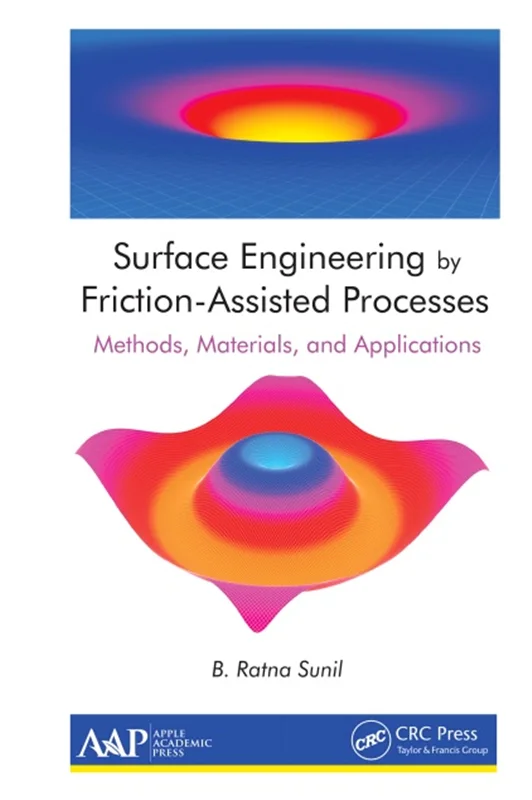Here is a comprehensive resource that compiles extensive descriptions of friction stir processing, fabrication of surface metal matrix composites, and friction surfacing into one volume. The book is separated into four sections, beginning with a discussion of surface tailoring of metals by friction stir processing. This first section delves into the basics of friction stir processing (FSP), incorporating illustrations to explain the supporting mechanisms of this process. This section culminates with the introduction of potential applications of FSP in the manufacturing industry and obstacles that may arise when implemented.
The following two sections explore and discuss surface metal matrix composites by friction stir processing and surface engineering by friction surfacing. They provide a thorough explanation of the material systems involved in the respective processes and discuss in detail the mechanisms behind each. The book, which closes with a comprehensive discussion of recent developments in friction-assisted processes and their functionality, offers a unique compilation of information on these increasingly prominent developments in the field of surface engineering. This volume organizes the information in a manner that is both easily accessible and comprehensible, utilizing visuals such as figures, tables, and photographs to enhance readers’ understanding.
Key features:
• Explores a multitude of topics within the field of surface engineering at length
• Summarizes and explores the mechanical foundation of friction stir processing, fabrication of surface metal matrix composites, and friction surfacing
• Incorporates figures and tables to aid in illustrating the concepts discussed
• Offers potential applications and discusses future benefits of specific elements pertaining to surface engineering

